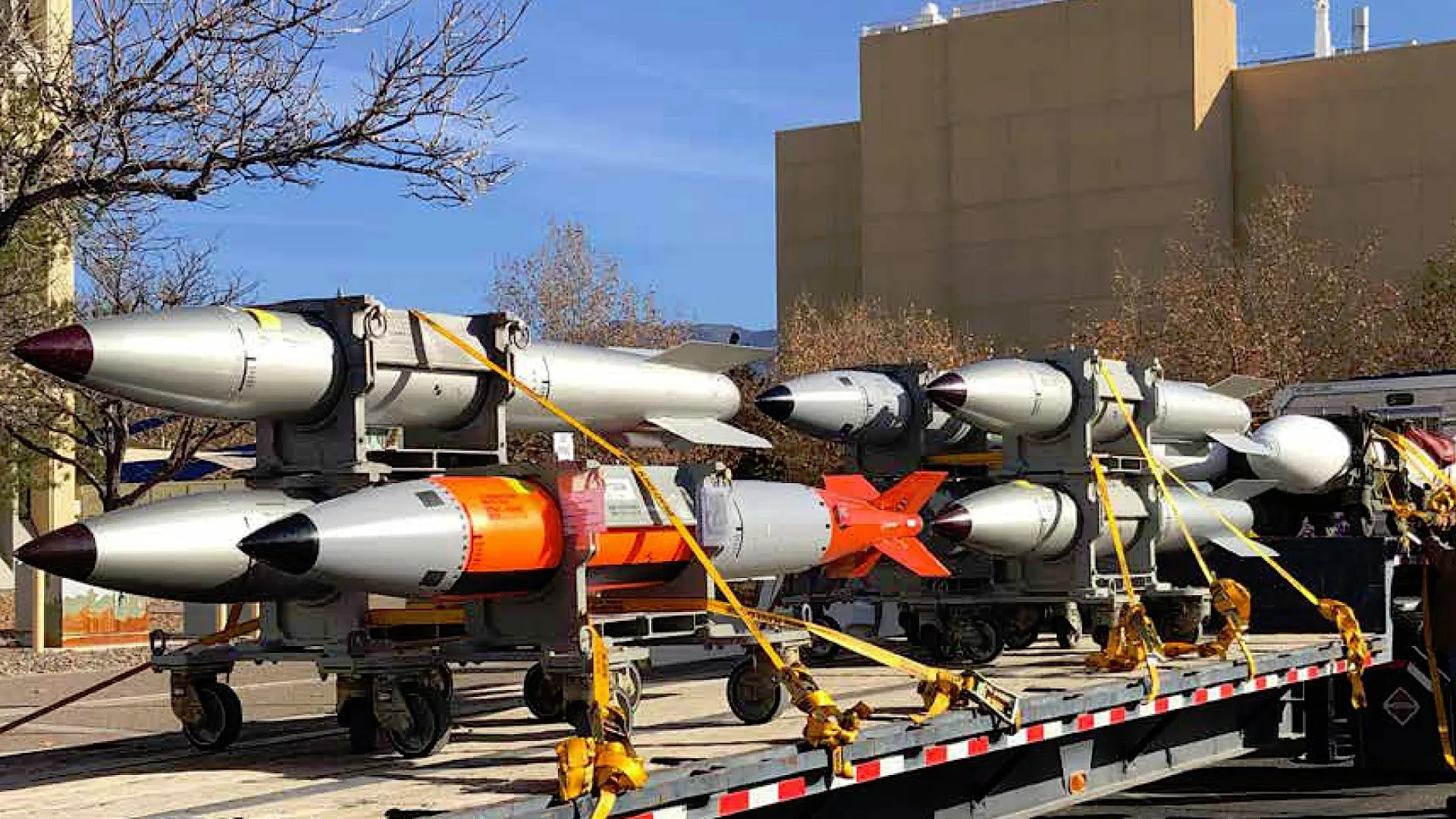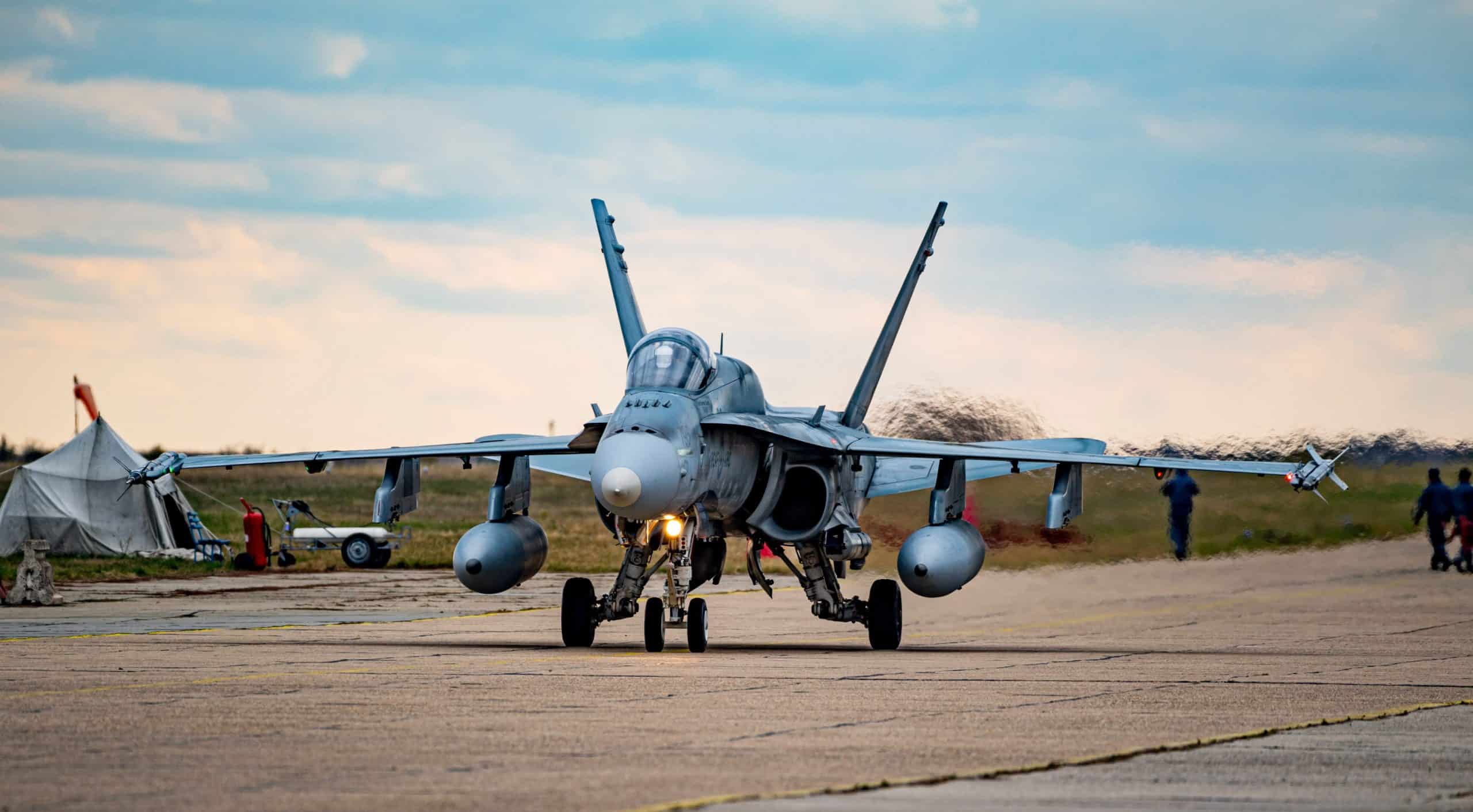
A public debate on nuclear weapons has started in Canada due to the largest geopolitical realignments since the end of the Cold War.
The Globe and Mail reported on this.
The discussions are taking place amid the United States’ position on its European allies, as well as the bold statements by U.S. President Donald Trump about the possible admission of Canada as the 51st state of the U.S.
As a result, an increasing number of politicians and military officials are advocating for strengthening the country’s armed forces and creating a potential that will help Canada establish a certain level of deterrence.

The acquisition of nuclear weapons by Canada, although unrealistic given its proximity to the United States, could theoretically be possible, considering France’s independent nuclear deterrent forces, which could potentially assist the country in acquiring certain weaponry.
On the other hand, Canada has no infrastructure to support not only nuclear weapons but also delivery systems, whatever they may be.
As the author of the article notes, under ideal conditions, the country could create a plutonium bomb within 1-2 years and acquire delivery systems from France or develop its own, such as ballistic missiles using civilian rocket technology.
The country would also have to abandon its diesel-electric submarines and increase the budget for acquiring submarines with nuclear propulsion.
Despite this, the most problematic issue is the availability of funds to support enterprises, develop certain technologies, and ensure the necessary number of specialists for research and production. The development of a nuclear program requires significant investments in scientific research, production facilities, and personnel training, which demands a long period of time and stable funding.
Historically, Canada has never possessed nuclear weapons of its own, apart from those stationed on its soil under the full control of the United States. These weapons were intended to be deployed from Canadian aircraft, ground-based tactical missile systems, ballistic missiles, and anti-aircraft defense systems.
Additionally, Canada explored several projects aimed at developing nuclear-powered submarines for long-term patrols in the Arctic. While these initiatives were never brought to fruition, they highlight Canada’s ongoing interest in bolstering its defense capabilities in a strategically crucial region.

The first discussions and movement toward acquiring nuclear-powered submarines began in March 1958, when the Royal Canadian Navy initiated research into the possibility of acquiring such submarines by forming the Nuclear Submarine Survey Team (NSST). In 1959, the committee recommended the American Skipjack-class design, but this plan was never realized.
The second attempt took place in 1987 when a project for ten nuclear-powered submarines, known as the Canada class, was announced for Arctic patrols and sovereignty protection. However, the project faced significant criticism from both the public and private individuals due to high costs and technical challenges. As a result, it was canceled before construction began.
Підтримати нас можна через:
Приват: 5169 3351 0164 7408
PayPal - paypal@mil.in.ua
Стати нашим патроном за лінком ⬇
Subscribe to our newsletter
or on ours Telegram
Thank you!!
You are subscribed to our newsletter